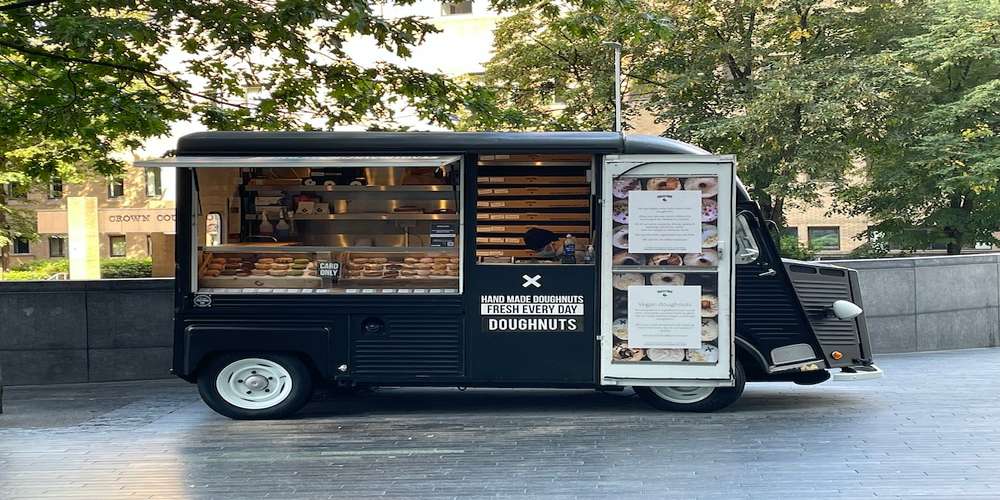If you don’t have the proper tools, your business success is in jeopardy even if you have the best food on the block and a stellar staff to serve it.
Perhaps you have a vision of the food truck of your dreams, but you are unsure if it would be too many trucks.
If you want to know whether a modest mobile kitchen will meet your demands today and in the future as your business expands, consult your food truck business model. Size certainly matter, whether you’re just starting out in the food truck industry or thinking about upgrading.
Dimensions of Food Truck
Based on your staffing demands, storage requirements, and kitchen layout, choose a truck. In addition to the ever-popular step van layout, several mobile kitchen manufacturers also deal with smaller vehicles including sprinter vans, passenger vans, and even recreational vehicles.
The typical step van width is 7 feet, but the length of the truck dictates how much kitchen room you have. Although you can have one made as small as 10 feet, food trucks normally range in size from 14 to 34 feet.
Ask the ice cream man. You can operate a lot of businesses from a 10- to 14-foot truck!
Benefits of a Smaller Truck Financially
If you’re choosing between a food truck and a food trailer, the trailer will probably win in terms of upfront cost. Price isn’t the only consideration when buying food vending equipment, though.
Consider the deterioration of trailers and food trucks over time. Food trucks are a superior investment since food trailers often lose value at a lower rate every year.
When the time comes to level up in a few years, you can start with a smaller vehicle because it should have a greater when compared to the value of a trailer.
Bring Your Meals to the People
The portability of a food truck business is one of its biggest advantages. You can bring your menu with you everywhere you go. You have a clear edge over the business owner with the 26-foot vehicle if you have a tiny truck.
Smaller food trucks can enter more types of public areas. So you may set up at a festival, park on a side street, or bring your food to a house party.
Go wild with your creativity! Small trucks can travel on rocky beaches, small mountain roads, and other places that big vehicles cannot.
Chance to Narrow Your Menu
The mini food truck, out of all the different varieties of food trucks, can need you to scale back on your menu. The limited prep, cooking, and serving area can be used as an advantage with a little imagination. Instead of creating a comprehensive lunch menu, choose a few speciality items. For instance, instead of serving dogs, burgers, and chicken sandwiches, focus on chili dogs.
The simpler management of costs that results from having a more condensed menu can lead to an increase in your profitability.

